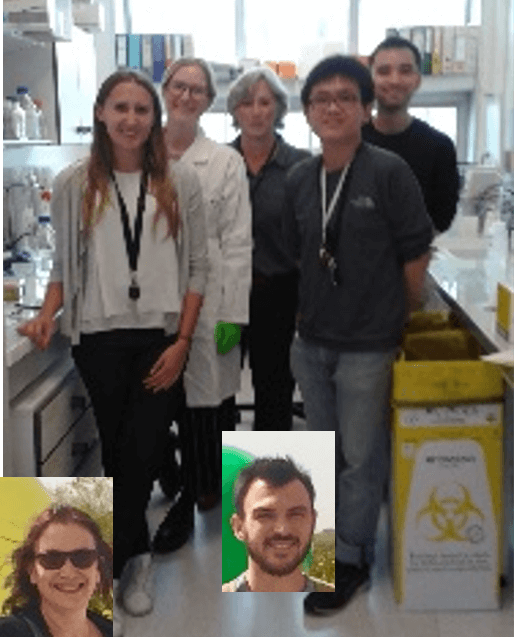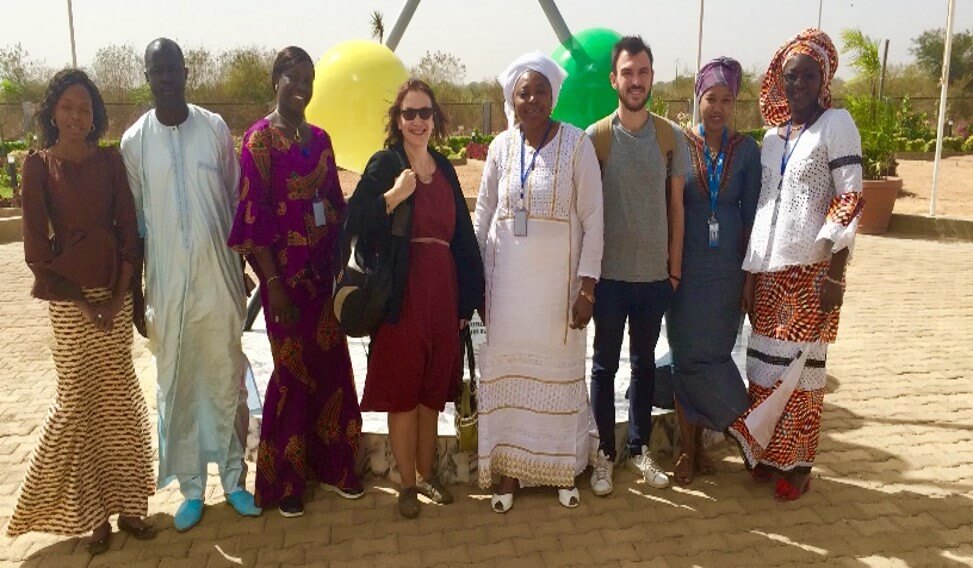Basic and Applied Research
The first aim of these ressearch activties led by Dr Isabelle Chemin (INSERM, France) is to implement standardised protocols for HBV molecular and serodiagnostics and evaluation/quality control of standardized protocol in all sites and this has been achieved. The second objective is to identify and characterize HBV genotypes and variants from the HC4 and WATCH platforms. We established an in-house HBV DNA evaluation assay and transfered skills to Gambia & Senegal through training within INSERM and with subsequent help from partners. We crosschecked all the samples for viral load qPCR and found comparable results in the assay performed in INSERM and also in Gambia and Senegal, as part of our quality control programme. The technology transfer of the HBV qPCR has been achieved successfully. The assay design, validation and implementation of in-house qPCR in the PROLIFICA was published Ghosh et al, 2016.
Viral genotype, sequence and variant analysis
Establishment of hepatitis B surface gene or full genome amplifications: We have successfully performed amplifications of HBV full length genomes as well as HBV surface genes from test batch samples and they were sequenced (from commercial source) to determine the genotype. The genotyping was primarily performed with the help of online NCBI genotyping tools by using the sequenced data and further analysed using HBV database (https://hbvdb.ibcp.fr/HBVdb/) and other bioinformatics software (e.g. Clustal, MEGA). The HBV surface gene was sequenced in 211 treatment naïve HBsAg-positive individuals, 56 cirrhotic and 35 hepatocellular carcinoma (HCC) cases. 85% carried genotype E, 14% genotype A and 1% A/E recombinant viruses. By sequencing the S gene of HBV we were able to identify PreS2 deletion mutations, clustered around nucleotides 38-55 (PreS2∆38-55). Their frequency increased liver cirrhosis and HCC risks in a genotype dependent manner. These mutated viruses were present in different proportions in each patients along with the wildtype form in a complex quasispecies manner. In multivariable analysis, hepatitis B envelope antigen (HBeAg)-positivity, lower HBsAg levels and hepatitis delta virus (HDV) were significantly associated with cirrhosis and HCC risk, with older age, higher HBV DNA, AFB1 exposure, genotype A (versus E) and the PreS2∆38-55 associated only with HCC risk. Joint effects of the PreS2∆38-55, and HBeAg-positivity, high viral load, low HBsAg levels, and AFB1 exposure on HCC risk were multiplicative. AFB1 exposure was assessed by NGS using TP53 codon 249 mutation as a surrogate biomarker. A full understanding of the molecular basis and the impact of HBV variants is essential for disease screening, progression and to optimize clinical follow-up. A detailed description of the HBV genotypes and their prevalence found in the W. African population will also allow the evaluation of their impact on evolution of chronic hepatitis to HCC and antiviral treatment response dynamic (Cohen et al, manuscript in preparation).
These research activties are supported by the French Research Agency on HIV and viral hepatitis (ANRS) and INSERM and Medical Research Council (MRC) UK and the MRC Gambia Unit at the LSGTM and Imperial College London.


